Direct Vent Fireplace Pipe

Table of Contents
Direct Vent Fireplace Pipe: A Comprehensive Guide
Choosing the right venting system is crucial for the safe and efficient operation of your direct vent fireplace. This comprehensive guide will delve into the specifics of direct vent fireplace pipe, covering materials, installation, maintenance, and troubleshooting. Understanding these aspects ensures both optimal performance and longevity of your fireplace.
What is Direct Vent Fireplace Pipe?
Direct vent fireplaces utilize a double-walled pipe system to exhaust combustion byproducts directly outside, and draw in fresh air for combustion from the outside as well. This eliminates the need for a chimney and significantly improves efficiency, as it prevents heat loss and minimizes the risk of carbon monoxide buildup. The pipe itself, therefore, is a critical component in this closed-loop system. It's responsible for safely channeling both the exhaust gasses and the combustion air.
Materials Used in Direct Vent Fireplace Pipe
Several materials are used in the construction of direct vent pipes, each with its own set of advantages and disadvantages:
Stainless Steel:
- Pros: Highly durable, resistant to corrosion and high temperatures, long lifespan. A popular choice for its reliability and longevity.
- Cons: Can be more expensive than other materials.
Aluminum:
- Pros: Lightweight, relatively inexpensive.
- Cons: Less durable than stainless steel, susceptible to corrosion, especially in harsh environments. May not be suitable for all applications.
Galvanized Steel:
- Pros: Affordable option.
- Cons: Prone to rust and corrosion over time, shorter lifespan compared to stainless steel. Not recommended for long-term use.
Choosing the Right Direct Vent Fireplace Pipe: Key Considerations
Several factors influence the selection of the appropriate direct vent pipe for your fireplace:
- Fireplace Manufacturer's Specifications: Always adhere to the manufacturer's recommendations regarding pipe size, material, and installation procedures. This is crucial for warranty validity and safe operation.
- Pipe Length and Configuration: Accurate measurement is essential. The pipe must be long enough to reach the exterior wall and properly vent the combustion byproducts. Consider any bends or elbows needed for the specific installation.
- Local Building Codes and Regulations: Compliance with local building codes is mandatory. Contact your local building authority for specific requirements.
- Environmental Conditions: Consider the climate and potential exposure to harsh weather conditions when choosing the pipe material. Stainless steel is generally preferred in areas with high humidity or corrosive environments.
Direct Vent Fireplace Pipe Installation: Best Practices
Installing direct vent pipe requires precision and adherence to safety guidelines. Improper installation can lead to dangerous situations. Always consult a qualified professional installer if you are unsure about any aspect of the installation process.
Key aspects of installation include:
- Proper Sealing: Ensure all connections are securely sealed to prevent leaks. Use the appropriate sealant recommended by the manufacturer.
- Correct Slope: Maintain the correct slope as specified by the manufacturer to ensure proper drainage of condensation.
- Secure Connections: All connections must be robust and secure to prevent dislodgement or leaks.
- External Termination: The external termination point must be correctly installed to prevent backdrafting and ensure safe exhaust expulsion.
Maintenance and Troubleshooting
Regular maintenance is key to the safe and efficient operation of your direct vent fireplace and its associated pipe system:
- Regular Inspection: Visually inspect the pipe system for any signs of damage, corrosion, or leaks.
- Clean the Exterior: Keep the exterior of the pipe system clean and free from debris.
- Professional Cleaning: Consider having a professional inspect and clean the system annually, especially in areas with high levels of particulate matter.
Troubleshooting common issues:
- Poor Draft: This could be due to blocked vents, damaged pipe sections, or improper installation.
- Unusual Noises: Unusual noises might indicate loose connections or obstructions.
- Gas Leaks: This is a serious issue. Immediately turn off the fireplace and contact a qualified technician.
Conclusion
Selecting and installing the correct direct vent fireplace pipe is paramount for safe and efficient fireplace operation. By understanding the different materials, installation procedures, and maintenance requirements, you can ensure the long-term performance and safety of your fireplace. Remember to always prioritize safety and consult with qualified professionals when needed. This will help you avoid potential hazards and ensure compliance with all relevant safety regulations.

Thank you for visiting our website wich cover about Direct Vent Fireplace Pipe. We hope the information provided has been useful to you. Feel free to contact us if you have any questions or need further assistance. See you next time and dont miss to bookmark.
Featured Posts
-
8 Seat Round Dining Room Table
Dec 26, 2024
-
Bathroom Remodel Escondido Ca
Dec 26, 2024
-
Landscaping Facts
Dec 26, 2024
-
Call The Midwife Premiere Emotional Reaction
Dec 26, 2024
-
Liberty Furniture End Tables
Dec 26, 2024